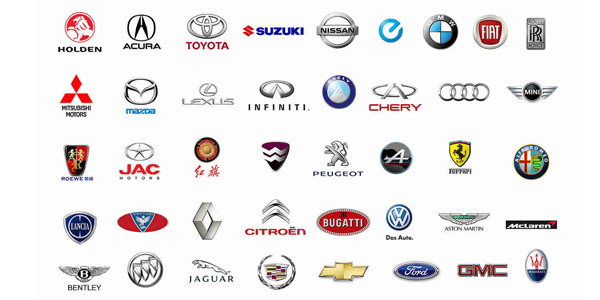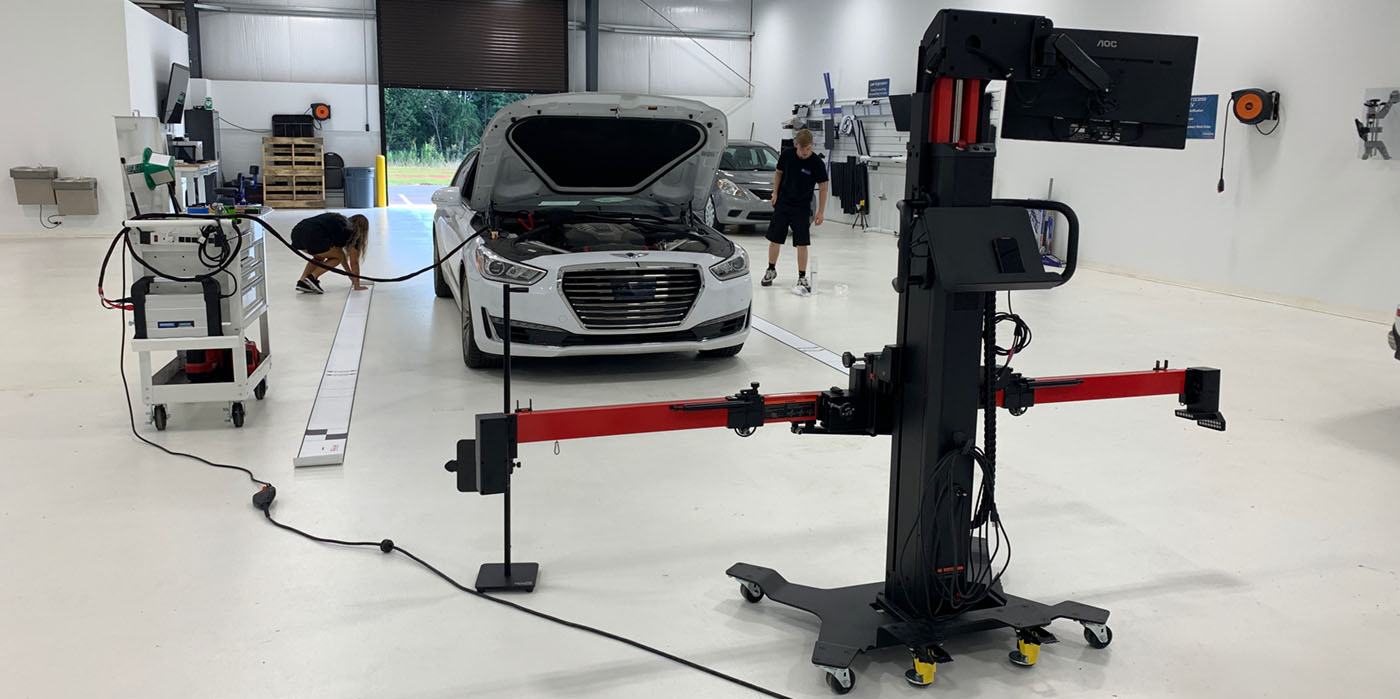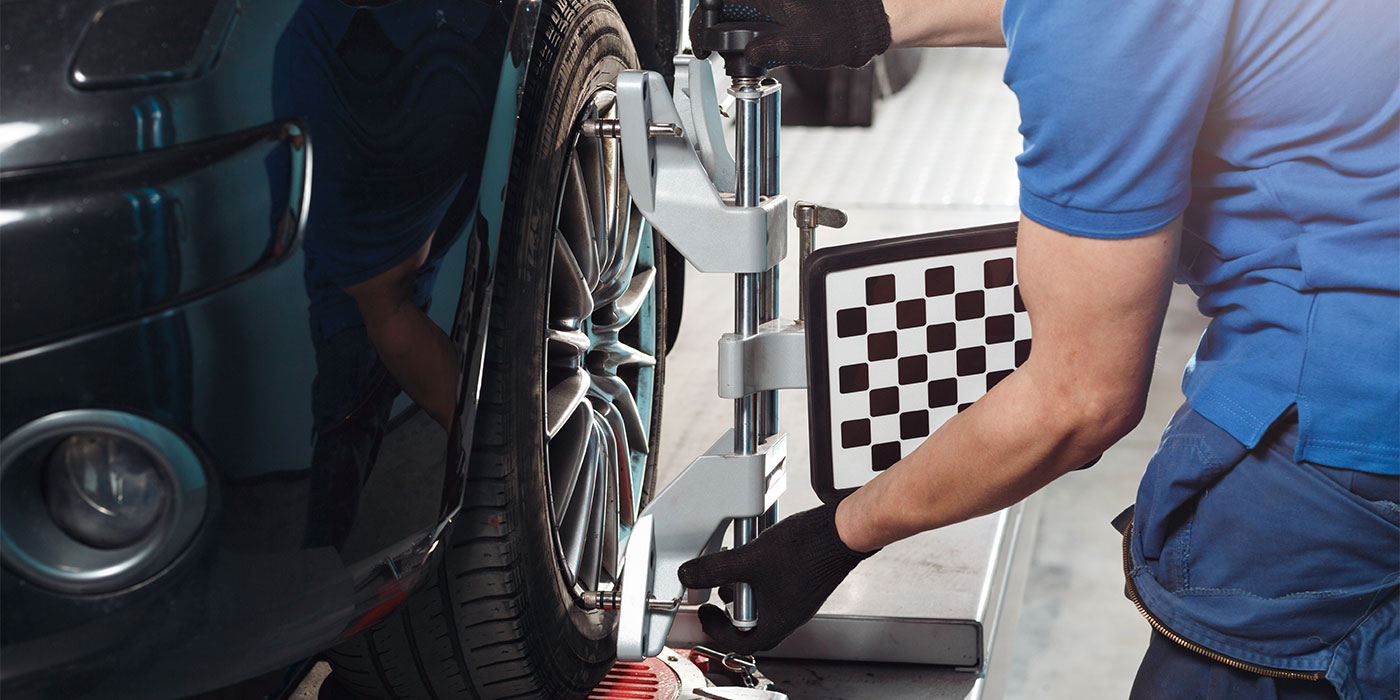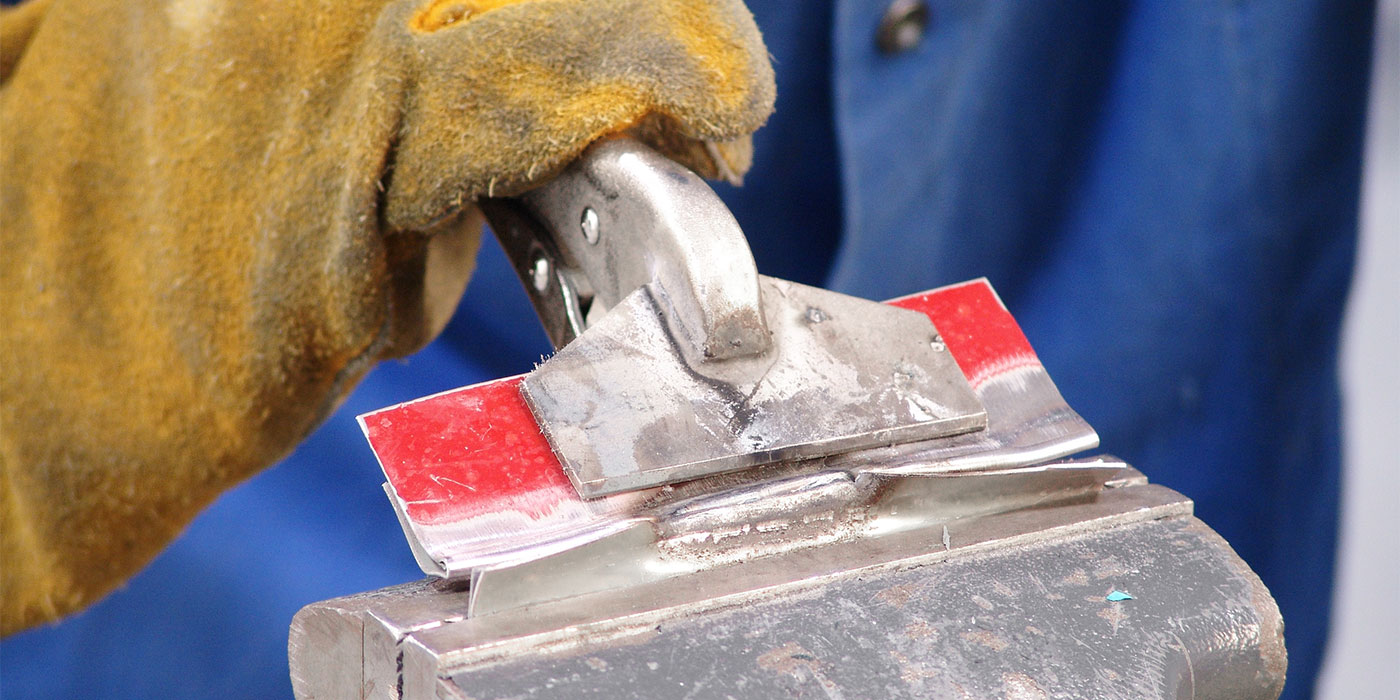
Once again, a recent story has reminded us of the importance of OEM repair guidelines.
A couple is suing a body shop for $1 million after being injured in a car wreck, contending that the vehicle did not have the structural integrity it should have had because the body shop glued the roof back on instead of welding it per the vehicle manufacturer’s guidelines.
I’ve heard all the arguments for not adhering to OEM repair guidelines:
- I’ve been doing this for 30 years
- What do the OEs know, they’re responsible for tons of recalls all the time
- This is the real world; sometimes you have to improvise
- The insurer told me to repair it a different way
That’s all well and good, but know that if you’re brought to defend yourself in a court of law, you will be asked if a) your technicians have access to OE repair data, and b) you followed OE specifications when repairing the vehicle.
Also, your insurance “partner” will not come to your aid, because the judge will ask, “Who’s the repair expert here? Who put their hands on this vehicle?” And the insurer will say, “Not us, Your Honor. We simply pay the claim.”
Several years ago, the three biggest trade associations in our industry, ASA, SCRS and AASP, all joined hands and said in concert that the OE repair procedures should be the standard. The OEs engineered and built the vehicle, so they’re the experts in knowing how it should be repaired. Some in the industry have yet to listen.













